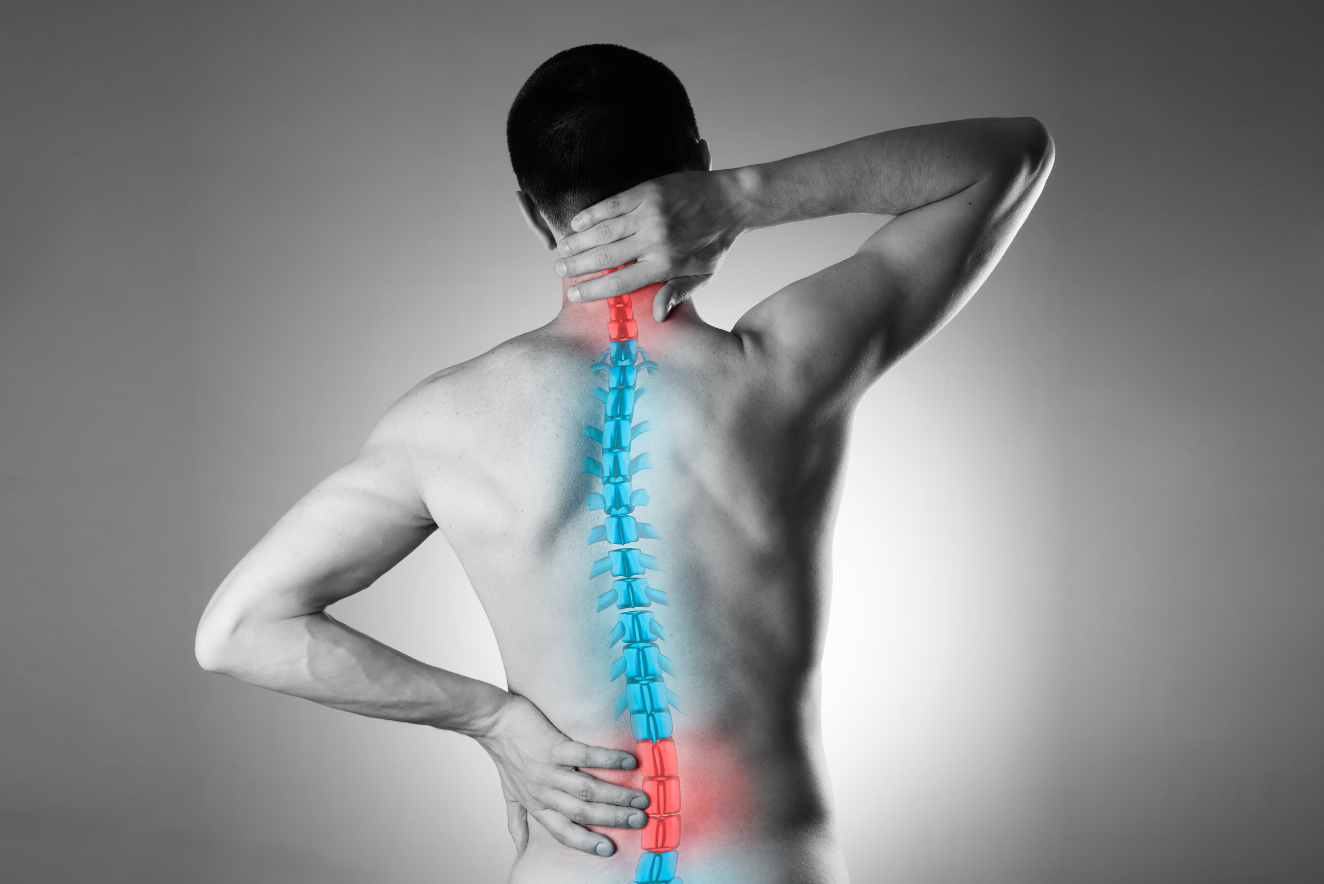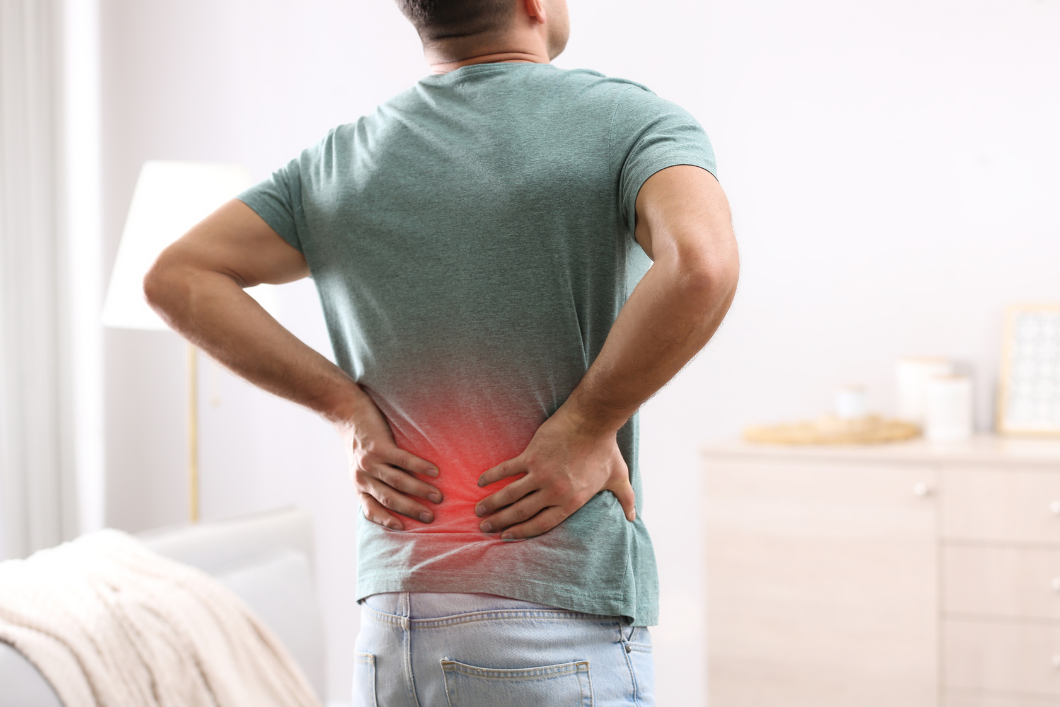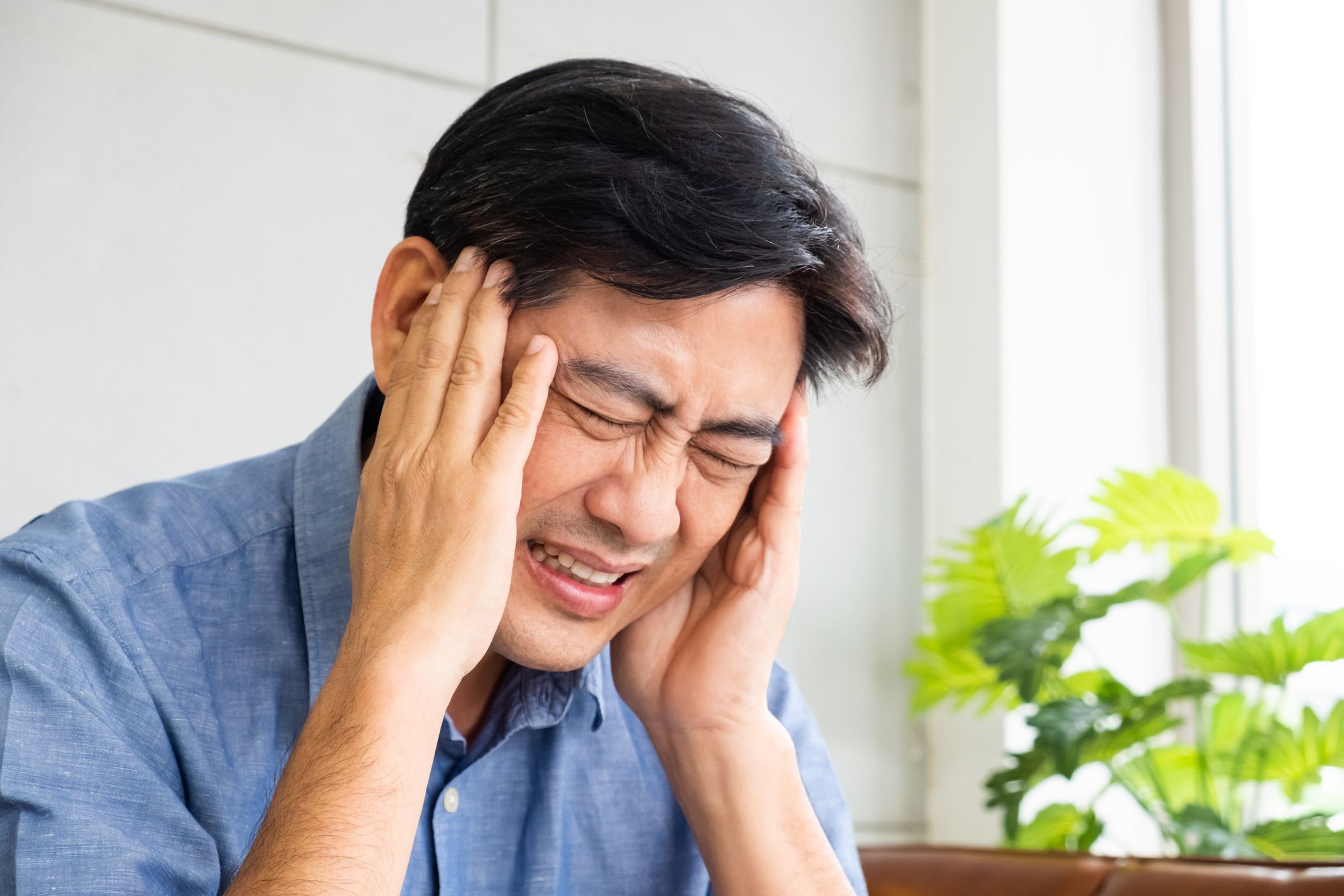

Treatment of spinal deformities
A spinal deformity occurs when there is misalignment or exaggeration of the natural curves in one’s spine. Such conditions can affect the spine’s ability to function properly. They can cause pain, neurological problems and affect mobility. Disorders of the spine can stem from birth defects, ageing and degeneration, as well as trauma from accidents.
Follow us on Telegram for the latest updates: https://t.me/AsiaMDsg
Spinal deformities
The most common deformities affecting adults are scoliosis, kyphosis, and lordosis.
- Kyphosis is characterised by an abnormally rounded upper back (more than 50 degrees of curvature), forming a hunch.
- Lordosis is a deformity of the lower back, where the lumbar curve is greatly exaggerated. This condition is also known as swayback.
- Scoliosis is a condition where a person’s spine has a sideways S-shaped or C-shaped curve.
Treatments for spinal deformities
Spinal deformities can affect a person’s balance which is the ability to stand or walk upright. Over the long term, deformities cause abnormal strain on the spine, which in turn results in excessive deterioration to spinal discs and joints, and may result in chronic back pain or even neurological problems. Severe deformities may even affect stamina and breathing. Doctors treat spinal deformities to alleviate these symptoms.
In forming a treatment plan, spine surgeons would consider whether a spinal deformity is stable (not progressing) or unstable (progressing). Surgical intervention may not be necessary if the symptoms are not causing too much a problem for the patient.
Spinal deformities may be managed conservatively with these non-surgical methods:
- Medication to relieve pain, including non-steroidal anti-inflammatory drugs (NSAIDs) and epidural injections
- Physiotherapy, such as core strengthening exercises as muscles supporting a deformed spine tire easily resulting in pain, as well as stretching exercises to relieve pressure from stiff and abnormally stressed joints
- Braces/Orthoses, which are external aids to help patients who have not reached skeletal maturity correct and support the spine
Surgery for spinal deformities
Surgery is considered in cases where the deformity is so severe that it significantly affects a person’s balance in standing and walking, shows signs of progression over several years, and/or causes increasing pain and discomfort which cannot be relieved with medication, physiotherapy or braces.
In general, surgical treatment is considered for kyphosis of 70 degrees or more and scoliosis of 50 degrees or more. Curves of these magnitudes tend to continue to progress throughout adult life without surgical intervention, and may eventually result in chronic pain and discomfort, and often compression to the spinal nerves. The goals of surgical correction and stabilisation are to:
- Alleviate pain
- Restore the ability to stand up straight
- Relieve pressure on spinal nerves and organs such as the heart and lungs
- Stop symptoms from worsening
Two components of the surgery include:
- Correcting the deformity
- Re-stabilising the spine in the new, corrected position
Patients may need to undergo a procedure called spinal instrumentation, where hardware such as screws, rods, plates and special implants are used to permanently hold the spine in its new alignment as the wound heals. The surgeon may also use bone graft (transplanted bone) to encourage the bones to permanently grow together in the straightened position. Such good bony fusion provides long-lasting strength and stability to the area.
This article has been fact checked by Dr Tan Seang Beng, orthopaedic and spine surgeon at Orthopaedic And Spine Clinic, Mount Elizabeth Novena Hospital, Singapore.







0 Comments